5 Things LEED Interior Designers Want You to Know
If you are interested in going greener at home, you have likely run into the term "LEED" or "LEED Certified." LEED, which stands for Leadership in Energy and Environmental Design, is a program developed by the U.S. Green Building Council that provides third-party verification of green buildings. Buildings can earn LEED points in a number of different areas; the goal is to create spaces that are both more sustainable for the planet and healthier for the people living in them. One of the groups of professionals that can help you navigate the tricky waters of the certification process is LEED interior designers.
We spoke with Philadelphia-area interior designer and LEED accredited professional (AP) Amy Cuker of Down2Earth Interior Design, and two pros from San Francisco Bay Area's Niche Interiors: interior designer and certified green building professional Jennifer Jones, and junior designer and LEED AP Lynn Trinh. Here are 5 explanations about what they do.
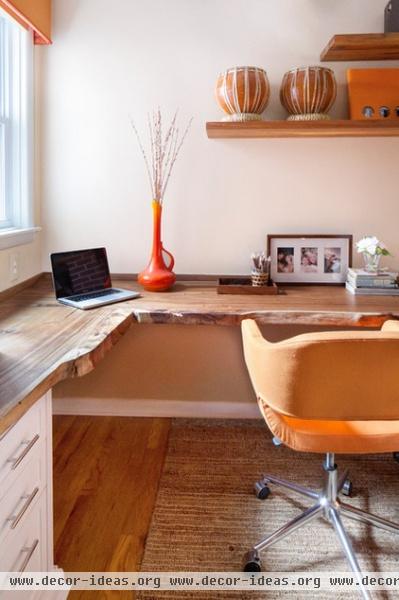
1. Just because LEED designers are green doesn't mean they sacrifice style. Remember, a LEED interior designer was an interior designer first and chose to further his or her training to become a LEED accredited professional — so you can expect the same level of taste and professionalism as from any other design pro.
"I like to point out to my clients that first and foremost, you have to make design decisions that are practical for you and your family," says Cuker. "Reuse or repurpose items that are still workable, and when buying new items, buy items that are high quality and timeless. If something is not practical or falls apart or goes out of style, I don’t care what percent of its contents were recycled, or whether it came from a certified forest. It’s still heading for a landfill a lot sooner than a well-made piece whose style is enduring. In this way being a good LEED designer does not actually differ from just being a really good, thoughtful interior designer, period."
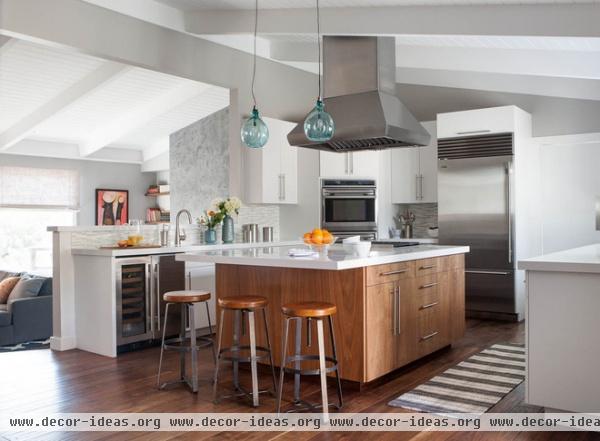
2. LEED designers look beyond the labels to find truly sustainable products and materials. It's all too easy for the average consumer to get fooled by "greenwashing" — claims that a product is ecofriendlier than it really is. A good LEED designer will steer you toward the real deal.
"LEED designers are educated about the type of materials and finishes used in residential interiors — we use this knowledge to help our clients create homes that are healthy for their families and the environment." says Jones. "We reduce carbon footprint by sourcing locally, specify sustainable and responsibly harvested wood, and source and repurpose vintage furniture to reduce waste."
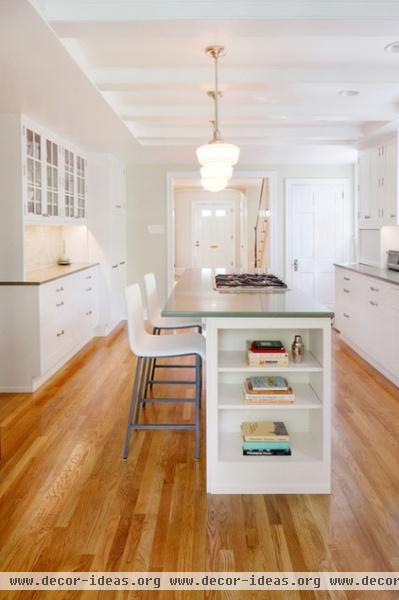
Cuker adds, "Often when designing a kitchen, for example, I’ll have a discussion with a client about sustainable materials. Sure, there are solid-surface countertops with lots of recycled quartz mixed in, or you can use bamboo wood, which regrows super quickly, so these are billed as sustainable choices. But when you take a closer look, these products almost always come from overseas. If your materials have to travel across the world to get to you, is the carbon footprint still low enough to call these choices sustainable?"
She continues, "I must admit I don’t always know the answer, but I always raise the question, so that if there’s a choice that’s sustainable and local, and practical and beautiful, we can have more confidence about the sustainability of our design decisions."
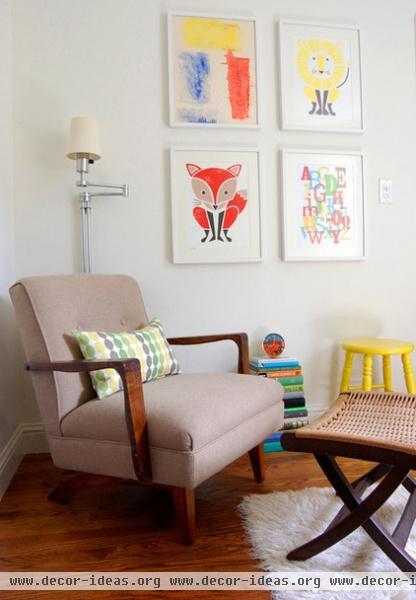
3. LEED designers will help you have a healthier home. Families who have or are expecting children may be especially interested in going greener at home for health reasons, and a LEED designer can help you accomplish that goal.
"Indoor air quality is one of our main concerns when selecting furniture, paint, cabinets and carpets," says Jones. "As green designers, we educate our clients on which products off-gas harmful chemicals, and we eliminate or reduce the use of these as much as possible."
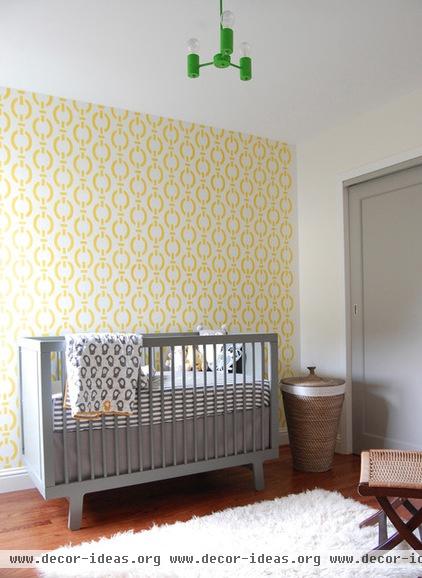
Jones continues, "For example, we specify zero-VOC paints, which emit no harmful chemicals and are safe to use while clients are still living in their home. We also design custom ecofriendly upholstery that contain no flame retardants, which have been linked to a wide variety of health problems, such as impaired fertility and IQ."
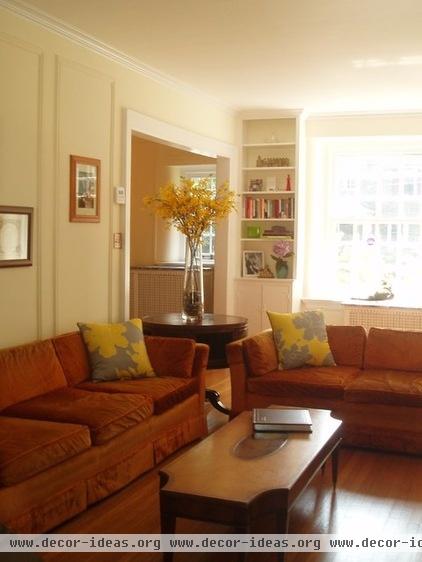
4. LEED designers are not afraid of hand-me-downs. "If your parents or grandparents were thrifty, that means they were also kind of green. If they’re willing to pass something old down to you, don’t dismiss it out of hand. Take a close look and see if there’s any way it can be used or displayed in your modern life," says Cuker.
"Our design landscape can look homogenized if you source all your interior accoutrements from chain stores," she adds. "But something that’s been handed down will have personal history. And if it stuck around this long, it is likely to be of better quality than many objects currently being produced. For example, these are my parents’ 40-year-old orange crushed-velvet sofas [shown], which have now taken up residence in my living room."
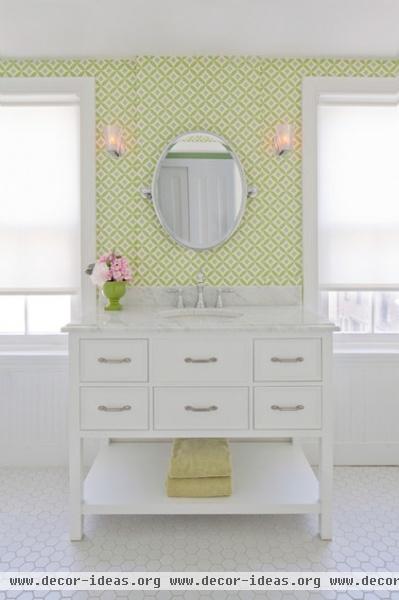
5. Not every project is a good candidate for LEED certification, but LEED designers can still help your home. Some factors may be beyond your control when it comes to green home design, especially if you already own your home and aren't starting from scratch. But you can still use a LEED designer to help you make your home as green as possible — and that's a good thing.
"There are many reasons why homeowners may want a LEED certification," Cuker says. "Maybe they feel that adhering to the LEED standard will ensure a certain level of indoor air quality and health for the occupants, or maybe they believe they will get better resale value on their home, or maybe they just believe that by having a home that is certified, they are setting a good public example for others to follow."
She continues, "But homeowners should know that it takes a large amount of administrative effort, and associated professional fees, to obtain the official certification. A nonrated home could be every bit as green as long as it employs sustainable strategies. Don’t let the hassle of going through the certification process stand in the way of making the healthiest design decisions possible. Do what’s right for your home and the planet, whether or not you decide to participate in the LEED certification process."
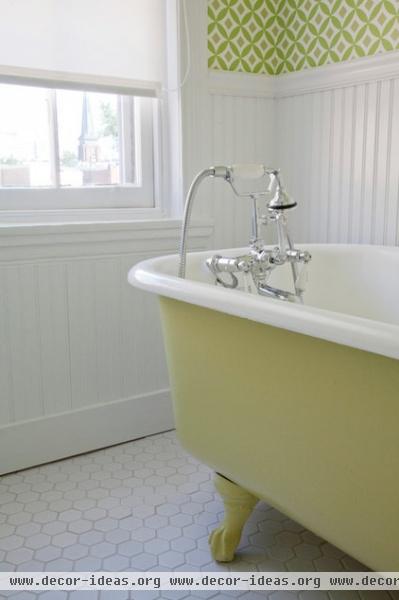
"As an interior designer, I’m often brought into a project after the site has already been selected," Cuker elaborates. "Once selected, the site and its attributes — such as its proximity to public transportation, how water runoff is handled, what percent is paved etc. — are pretty much out of an interior designer’s control, and those things count when going for LEED credits. If you can’t do much about the site, don’t let it stop you from employing sustainable strategies where you can."
She offers this advice: "LEED has the most widely recognized brand name for green building certification, thanks to the hard work of the U.S. Green Building Council. But LEED is just one tool to measure the sustainability of a home. There are others out there as well, and homeowners may want to investigate alternatives and decide what’s right for them."
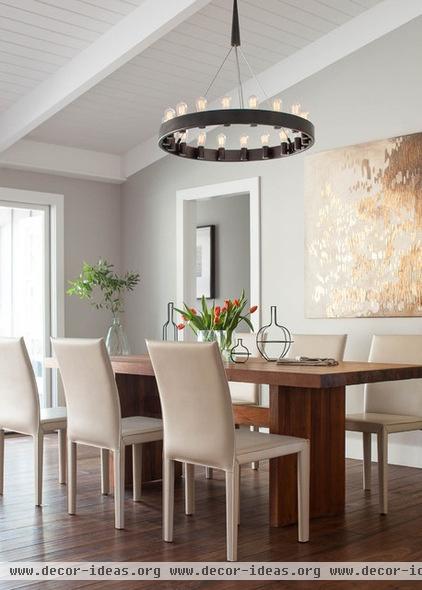
Tell us: Would you consider working toward LEED certification? Curious about anything else LEED interior designers do? Share your thoughts and questions in the Comments section.
More: What's LEED All About, Anyway?












